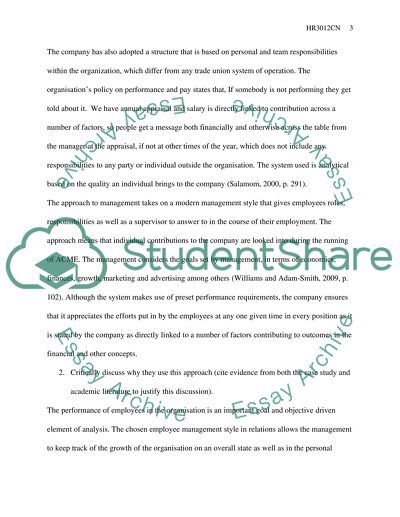Cite this document
(Managing Employee Relations in Contemporary Organisations Assignment - 2, n.d.)
Managing Employee Relations in Contemporary Organisations Assignment - 2. Retrieved from https://studentshare.org/human-resources/1453489-hr3012cn-managing-employee-relations-in-contemporary-organisations-essay-two
Managing Employee Relations in Contemporary Organisations Assignment - 2. Retrieved from https://studentshare.org/human-resources/1453489-hr3012cn-managing-employee-relations-in-contemporary-organisations-essay-two
(Managing Employee Relations in Contemporary Organisations Assignment - 2)
Managing Employee Relations in Contemporary Organisations Assignment - 2. https://studentshare.org/human-resources/1453489-hr3012cn-managing-employee-relations-in-contemporary-organisations-essay-two.
Managing Employee Relations in Contemporary Organisations Assignment - 2. https://studentshare.org/human-resources/1453489-hr3012cn-managing-employee-relations-in-contemporary-organisations-essay-two.
“Managing Employee Relations in Contemporary Organisations Assignment - 2”, n.d. https://studentshare.org/human-resources/1453489-hr3012cn-managing-employee-relations-in-contemporary-organisations-essay-two.


